Painting the flesh
Artists' Techniques
Both artists painted flesh tones using green earth in the undertones or in the shadows, in a way which closely resembles contemporary practice in Italian panel painting. Thin brush strokes of lead white and vermilion red were applied over the base layer. These brush strokes are more or less well defined, and markedly broader in the faces of the ‘damned souls’ on MS 196, which gives their features a less defined and more ‘anonymous’ feel.
Sano di Pietro outlined facial features with sparse reddish-brown strokes, and further defined the eyes with carbon black and lead white dots or strokes. This is true both for the main figures in the miniatures and for the cherubs painted in the borders. Pellegrino di Mariano Rossini, however, defined the eyes and other facial features with dark brown outlines in addition to small carbon black and lead white dots. He also appears to have mixed green and blue copper pigments in the flesh tones, especially in shadowed areas which show a bluish tinge.
Both artists used a simpler layer structure, with a base of red lead, in the flesh tones of the orange cherubs. Sano di Pietro outlined facial features and other details with organic red, adding the eyes in carbon black and lead white, and the hair in lead-tin yellow. Pellegrino outlined facial features and other details, including the eyes and hair, with organic red and lead-tin yellow instead.
Even the bronze-coloured heads which appear in the borders show the differing preferences of the two artists. Their expressive faces were painted with organic red over mosaic gold, to which Sano added strokes of lead white, while Pellegrino chose lead-tin yellow.
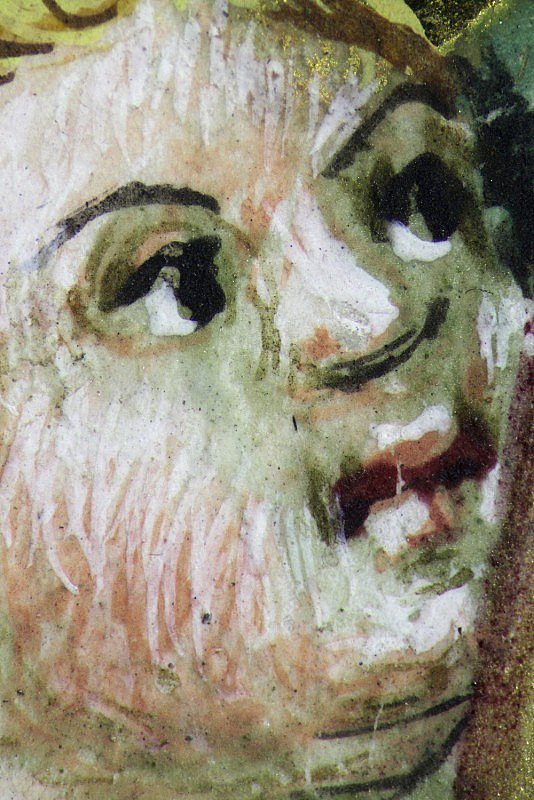
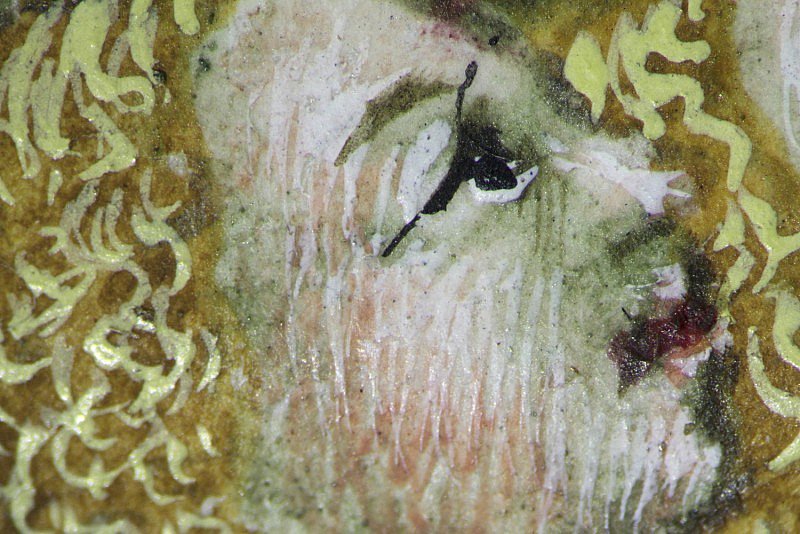
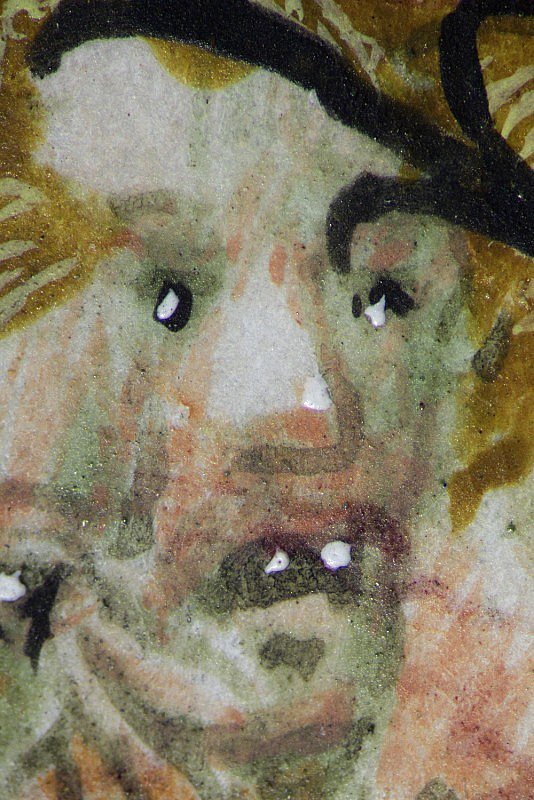
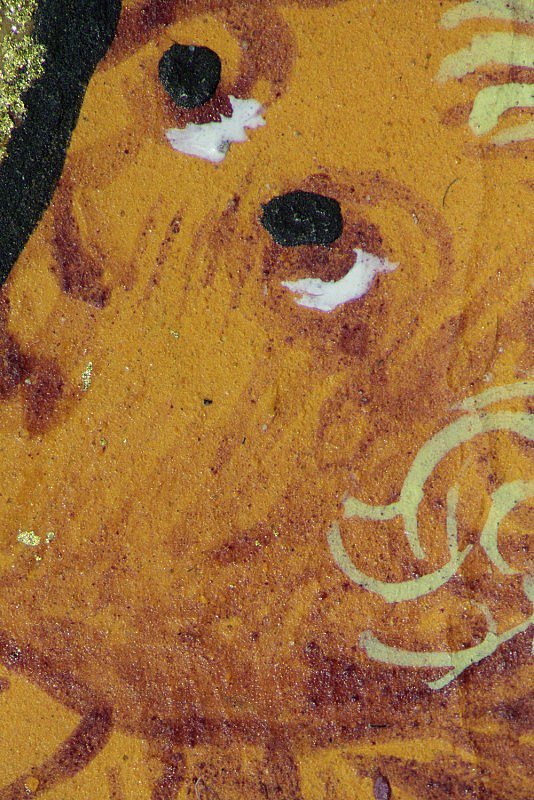
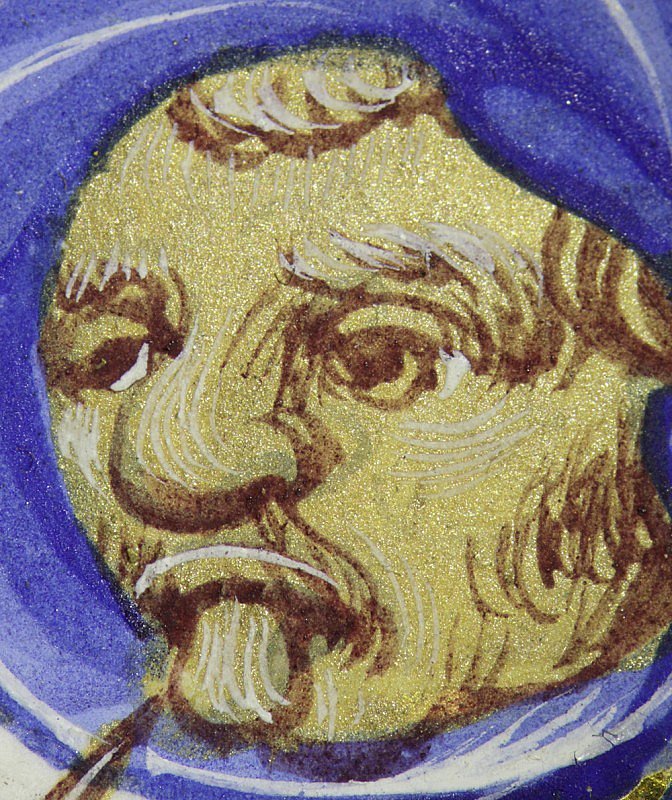
Last Judgement
This leaf came from an Antiphoner made for the Hospital of Santa Maria della Scala in Siena c. 1460-1477. The initial D belonged to the office of Matins for the second Sunday after Epiphany. The Last Judgement was created by Sano di Pietro, who worked as both panel painter and illuminator. It reveals the continuous reuse of motifs that the artist made across the two media throughout his long and successful career. The figure of Christ echoes that in the pinnacle of the Gesuati altarpiece, Sano di Pietro’s earliest securely dated work, commissioned for the Gesuati’s enlarged church of San Girolamo near the Porta Peruzzini, and completed and signed by the artist in 1444 (Siena, Pinacoteca Nazionale, inv. 246).
Related content: Lab
- Overview of Artists' Materials: 'Mosaic gold'
- Overview of Artists' Materials: Lead white
- Overview of Artists' Materials: Malachite
- Overview of Artists' Materials: Minium and Red lead
- Analytical Methods: Near-infrared imaging
- Analytical Methods: Optical microscopy
- Overview of Artists' Techniques: Painting the flesh
